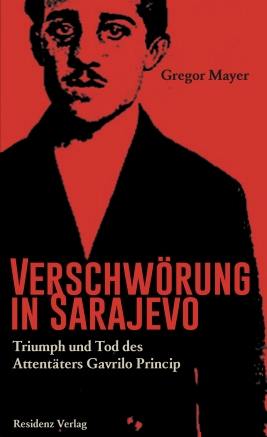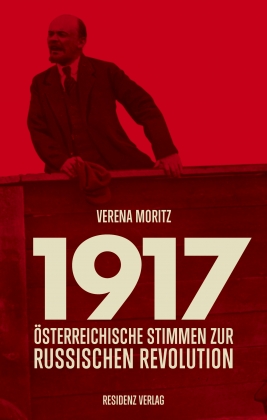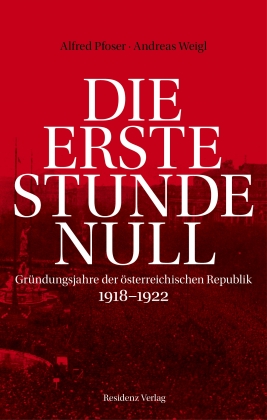Mayer fasst den Fachleuten größtenteils bekannten Stoff souverän zusammen. Und manchmal, so bei seiner Reise nach Grahovo, entdeckt er unverhofft auch neue Details. Am besten ist sein Buch dort, wo Princip selbst spricht, …
[Quelle: Michael Martens, FRANKFURTER ALLGEMEINE ZEITUNG]
… ein schmales, kluges, analytisch scharfes Büchlein, das dem historisch Interessierten mehr Aufklärung verschafft als so mancher dicke Wälzer.
(…) Gregor Mayers Buch ist glänzend geschrieben, satt erzählt und sicher im Urteil. Dass der weite Bildungshorizont des Autors und sein gründliches Studium der Forschungsliteratur immer nur im Hintergrund leuchten und sich nie in den Vordergrund drängen, macht die Lektüre zum Vergnügen.
[Quelle: Norbert Mappes-Niedeck, FRANKFURTER RUNDSCHAU/FALTER]
Wer war Gavrilo Princip? Gregor Mayer gibt eine sozialgeschichtlich eingebettete, psychologisch kluge und elegant formulierte Antwort.
[Quelle, Andreas Ernst, NEUE ZÜRCHER ZEITUNG]
Franz Ferdinands Mörder Gavrilo Princip hat Gregor Mayer mit „Verschwörung in Sarajevo“ ein lesenswertes Buch gewidmet.
[Quelle: Christoph Hartner, KRONENZEITUNG]
Mayer hat alles, was es zum kurzen Leben des Gavrilo Princip gibt, aufgearbeitet und macht verständlich, warum der Verschwörer in Serbien wie ein Held verehrt wird. Akribisch wird nachgezeichnet, …
[Quelle: Ralf Leonhard, TAZ]
Mayer schreibt so lebendig als wäre er dabei gewesen.
[Quelle: Stefan Rammer, PASSAUER NEUE PRESSE]
Gregor Mayer will dazu keine neuen Thesen liefern. Ihm geht es darum, in die Psyche dieses Gavrilo Princip einzudringen, seine Motive, seinen Weg ins Unglück möglichst genau nachzuzeichnen.
[Quelle: Frieder Rabus, BIBLIOTHEKSNACHRICHTEN]
Gregor Mayer formuliert so pointiert wie urteilssicher und gekonnt.
[Quelle: Stefan Rammer, DEGGENDORFER ZEITUNG]
Spannende Aufarbeitung der Ereignisse – eignet sich sowohl zum Vertiefen, als auch zum Einstieg in die Materie.
[Quelle: Alexander Artner, ETCETERA]
Fesselt, fasziniert.
[Quelle: EULENGEZWITSCHER]
Mit diesem Buch legt Gregor Mayer eine beeindruckende Annäherung an die Person Gavrilo Princip vor. Fesselnd und informativ zugleich.
[Quelle: Matthias Jakob, MEDIAMAMIA]
Eine Menge an historischen Informationen und gleichwohl gute Unterhaltung.
[Quelle: Lasse Serger, PREUSSISCHE ALLGEMEINE ZEITUNG]
Spannend.
[Quelle: Adelheid Wölfl, DER STANDARD]
Gregor Mayers Band, geschrieben mit der feinfühligen Sensorik des erfahrenen Journalisten und Kenners der Schauplätze, atmet buchstäblich die zeitgenössische Atmosphäre.
[Quelle: Werner Augustinovic, KOEBLERGERHARD.DE]
Ein Buch, um aus Geschichte endlich zu lernen!
[Quelle: Markus Drechsler, BLICKPUNKTE]









